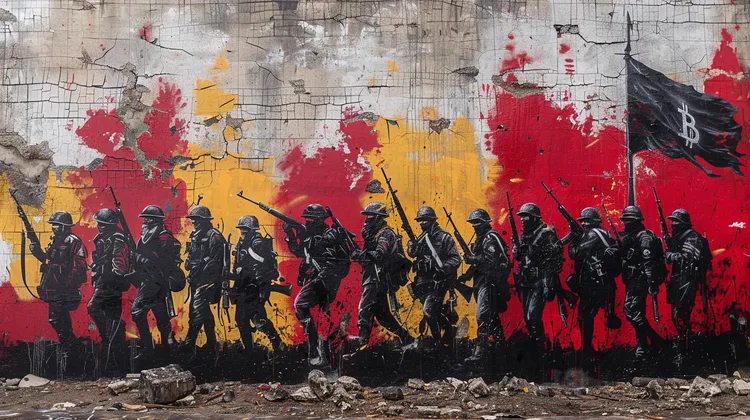
Crypto’s DeFi Revolution Amidst Global Crisis
The COVID-19 pandemic had a significant impact on the global economy, including the crypto world. In March 2020, the cryptocurrency market experienced a steep decline, with Bitcoin losing 52% of its value in a single day. As people worldwide were forced to stay at home, screen time and interest in cryptocurrency increased. This led to a surge in market capitalizations and the development of emerging technologies at an unprecedented pace.
Decentralized finance (DeFi) started gaining traction in 2017 with the introduction of smart contracts on the Ethereum blockchain. Early leaders in the DeFi market were MakerDAO and Compound Finance. In June 2020, Compound Finance introduced yield farming, a method of maximizing crypto assets’ interest, fees, and rewards. This practice became widespread, and Compound Finance also pioneered decentralization by introducing the first governance token, COMP, allowing users to participate in the management of the organization. By the end of 2020, many decentralized autonomous organizations (DAOs) were well underway in the process of decentralization.
DeFi collateral levels skyrocketed from $700 million to $9 billion by September 2020, turning digital currencies into the best-performing asset of the year. Decentralized exchanges (DEXs) like OasisDEX and Uniswap allowed users to trade crypto assets directly, without intermediaries. This gave rise to automatic market makers and led to a phenomenon known as the DeFi Summer of 2020, characterized by a bubble and a period of rapid price growth.
In May 2020, just before the DeFi Summer, the third Bitcoin halving occurred. This event reduced mining rewards by 50%, slowing down inflation and increasing demand for Bitcoin. The price of Bitcoin started to rise significantly in October 2020, reaching $63,000 by April 2021.
The year 2021 was hailed as the year of nonfungible tokens (NFTs). NFTs are unique digital items recorded on a blockchain, and their market exploded in 2021. NFTs have been used for various purposes such as gaming, collectibles, artwork, ticketing, and licensing. NFTs gained early popularity with games like CryptoKitties, which allowed users to collect, trade, and breed virtual cats. The CryptoPunks series and the Bored Ape Yacht Club line further fueled the NFT craze. The number of NFT users grew from 120,000 in 2017 to 9.9 million in 2022. The trading volume and revenue from NFTs experienced a decline in 2022.
Despite the challenges faced by NFT markets, the revenue from NFTs is still expected to reach $2.4 billion in 2024. OpenSea, a marketplace founded in 2017, dominated the NFT market, but trading volume decreased significantly. The crypto world continues to evolve rapidly, and the pandemic has accelerated the adoption of emerging technologies like DeFi and NFTs.
9 thoughts on “Crypto’s DeFi Revolution Amidst Global Crisis”
Leave a Reply
You must be logged in to post a comment.
The crypto world is a constantly evolving landscape. It’s exciting to see how emerging technologies like DeFi and NFTs are shaping our financial future.
Another halving event? It’s just another way to slow down inflation and make Bitcoin harder to obtain. Not fair!
DeFi collateral levels skyrocketed? More like a bubble waiting to burst!
NFTs were supposed to be the future, but looks like they’re fading away already. Typical hype train.
The decline in NFT trading volume and revenue in 2022 is a bump in the road, but I’m confident it will bounce back. The NFT market still has so much potential!
NFTs for ticketing and licensing? Yeah, like I want to pay a fortune for a digital ticket or license. Waste of money!
Bitcoin lost over half of its value in one day? Ouch! That’s a huge blow!
The crypto world is full of surprises! It’s impossible to predict what’s next, but I’m thrilled to be a part of this ever-changing journey.
NFT trading volume and revenue decreased in 2022? So much for the NFT revolution! Just a passing trend, it seems. 🙄